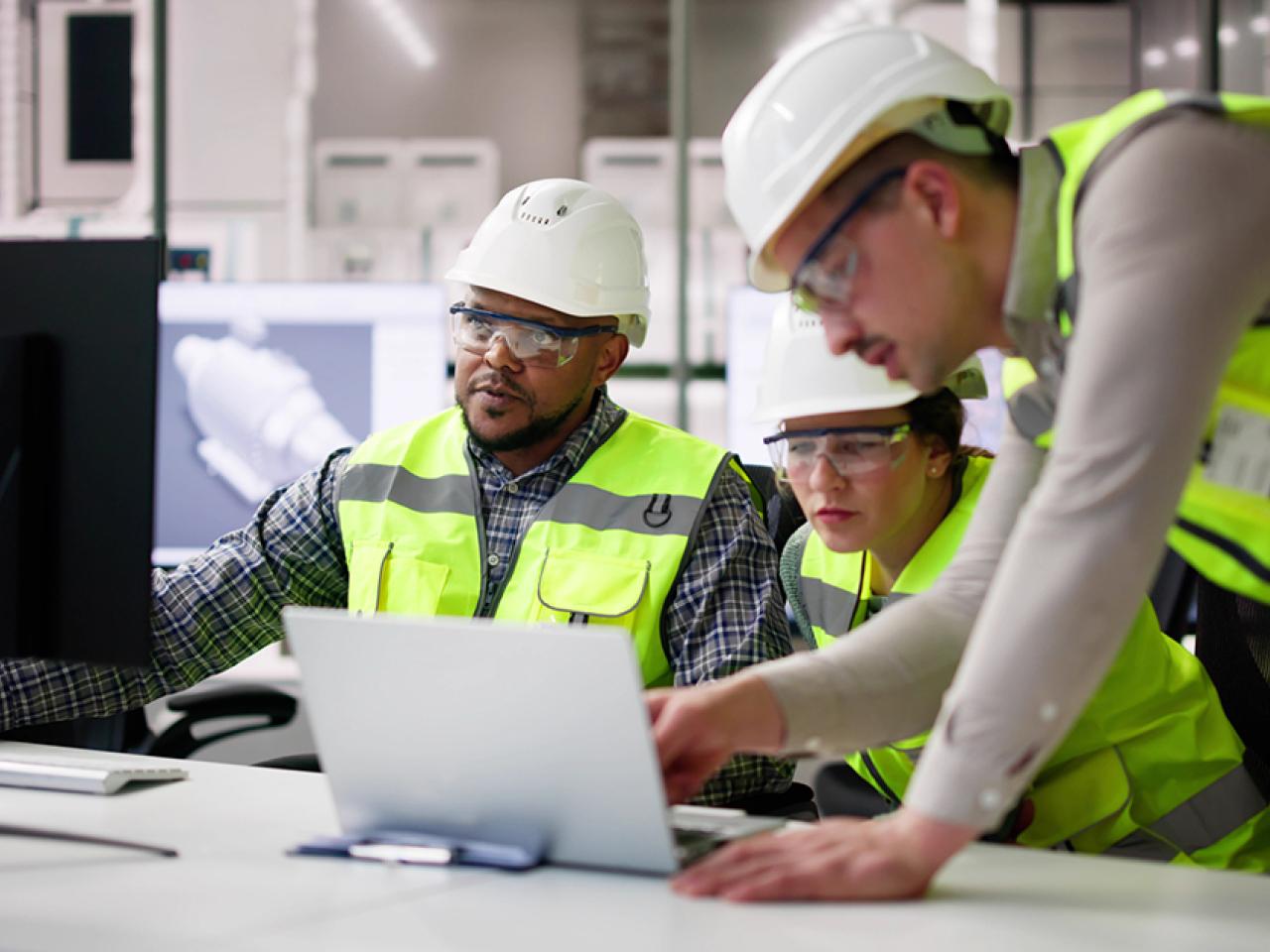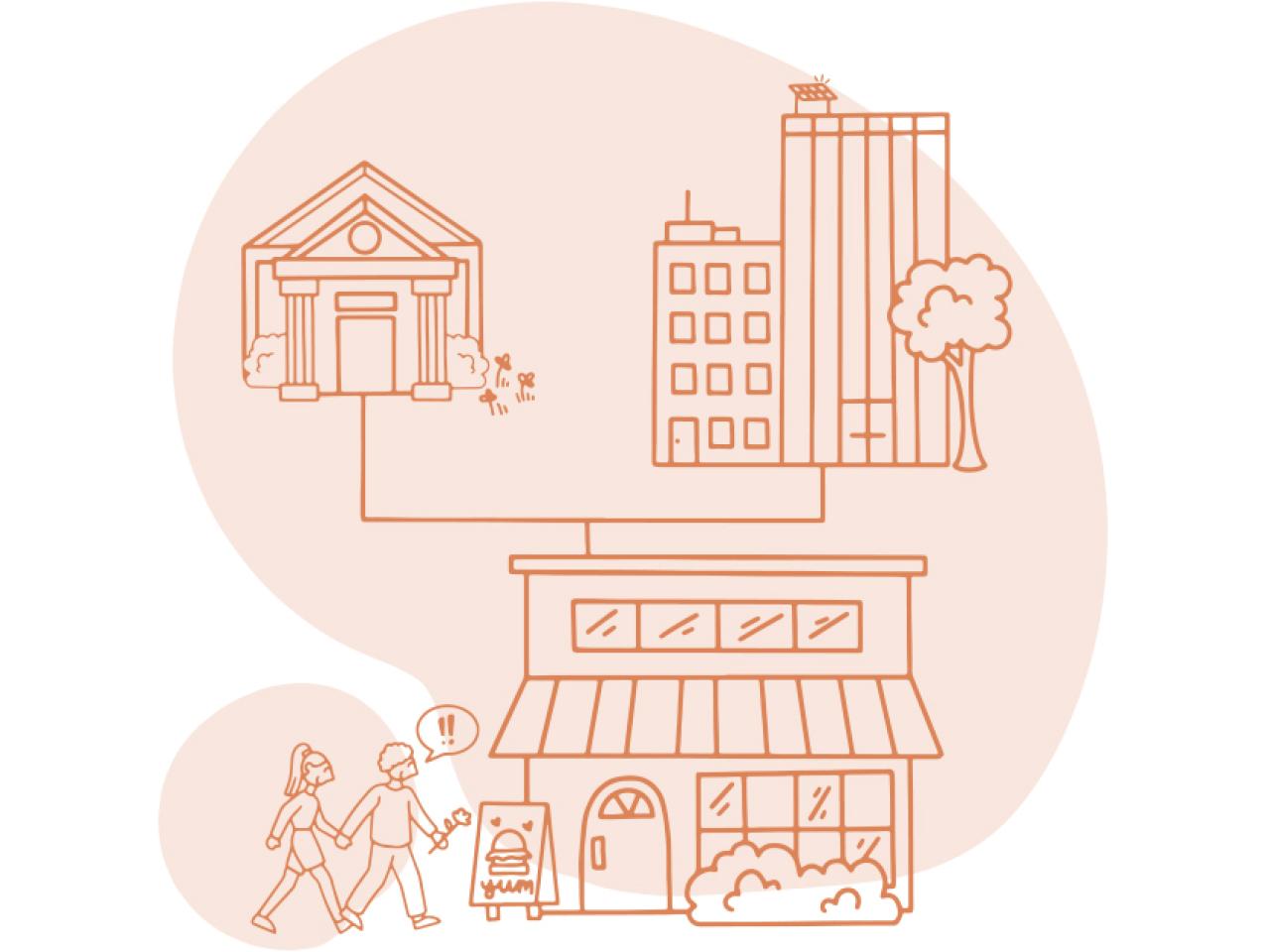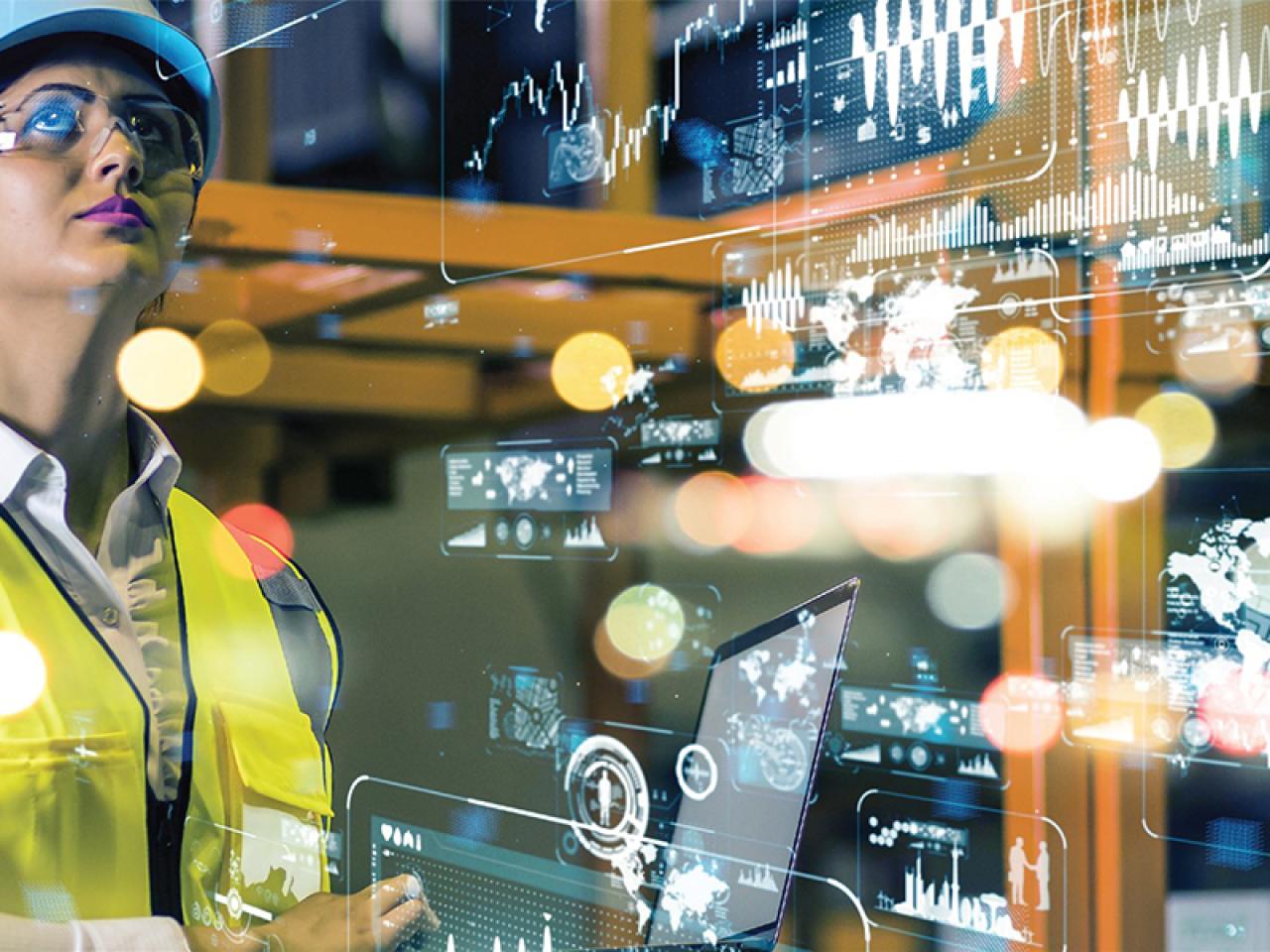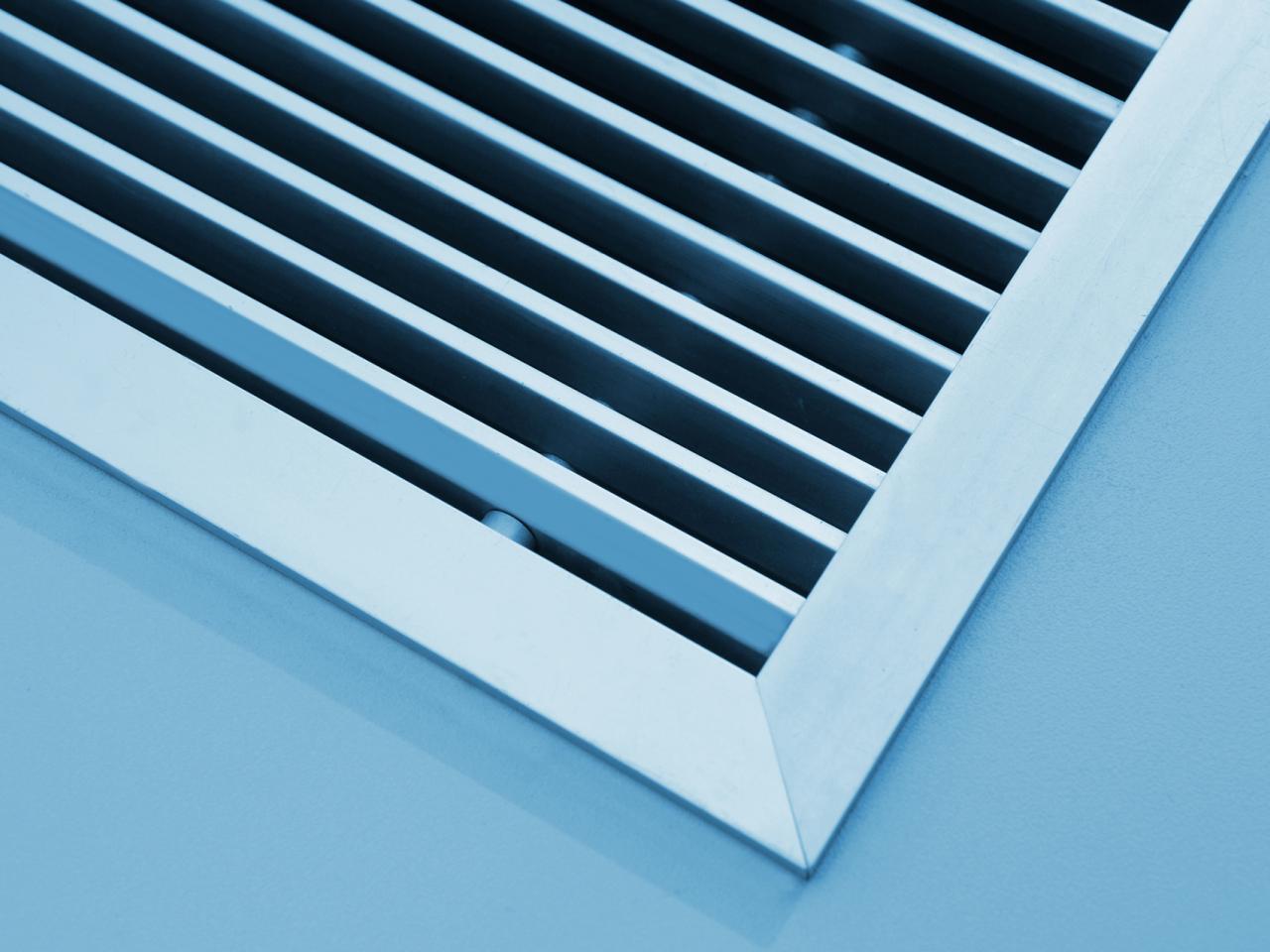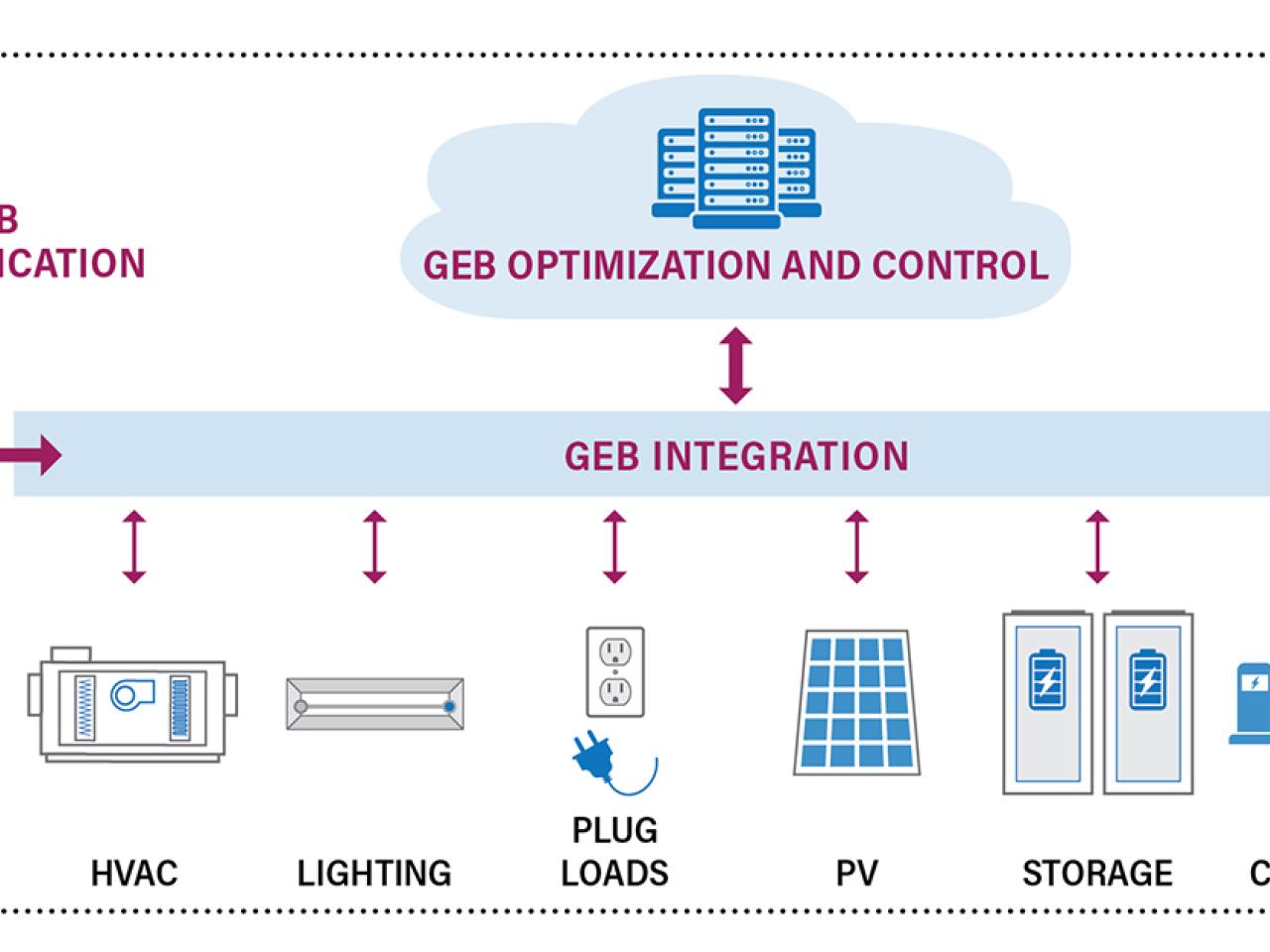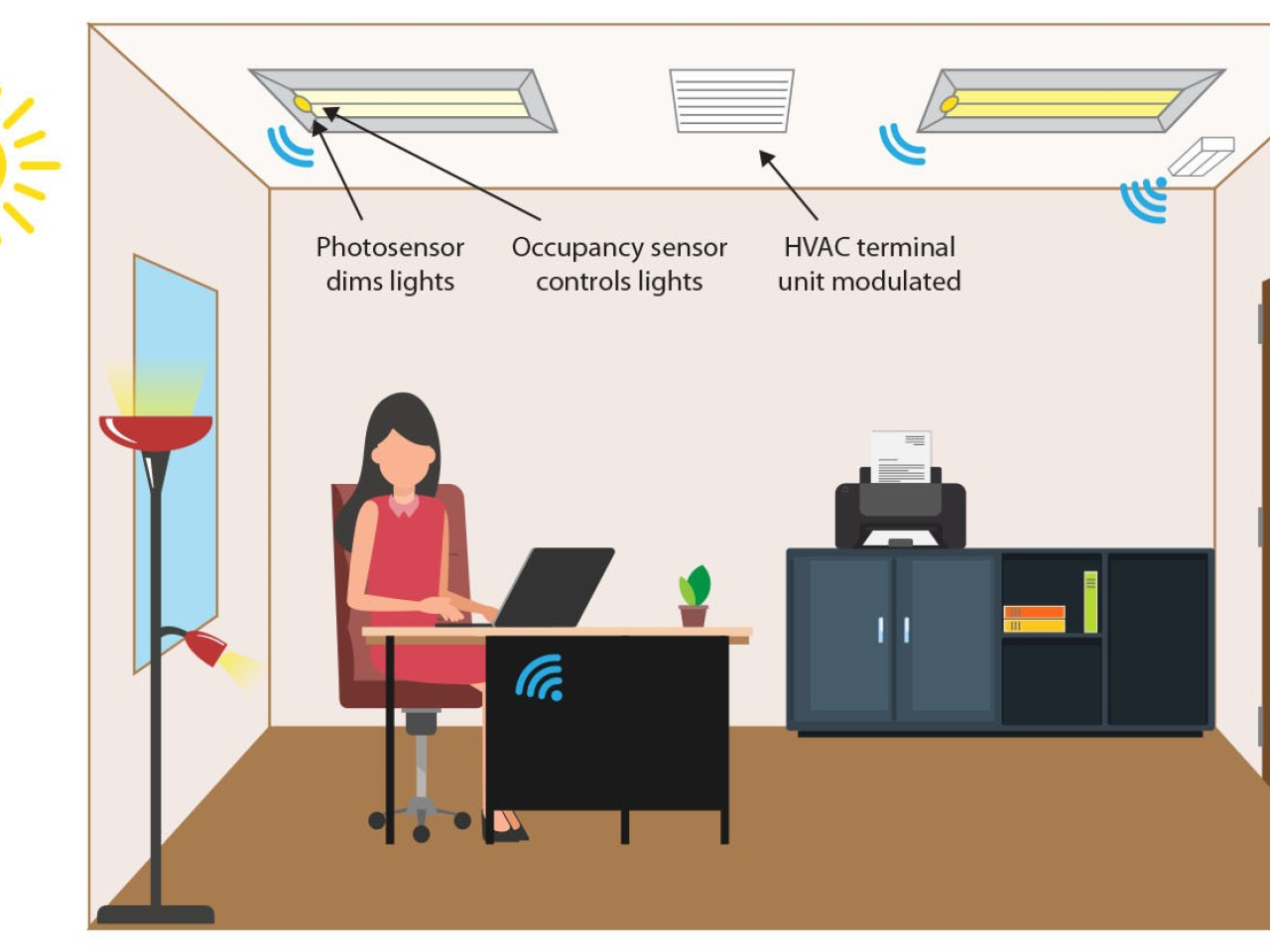Smart buildings harness automation to increase efficiency, health, and productivity
How do you use data to make your buildings operate more efficiently? Smart buildings use automation to improve flexibility with the grid, optimize energy systems, and improve occupants' health and comfort.
Emerging technology is changing the way we use data to manage and operate buildings. Smart building systems use sensors and cloud-based platforms to gather and analyze data in real-time. Building owners can leverage this date to create a smarter, more sustainable, and safer building environment.
Non-energy impacts (NEIs) of smart buildings
Technologies such as integrated HVAC and lighting controls have benefits beyond energy efficiency, such as asset tracking (i.e. tracking healthcare equipment location in hospitals). Sensors can notify you when systems need attention. They can record carbon dioxide and particulates in the air and alert operators to undesirable levels. They can even help owners understand and maintain social distancing in the age of better indoor ventilation.
Buildings are getting smarter. It’s important to understand how you can use these systems and data to inform your decisions.
Featured research
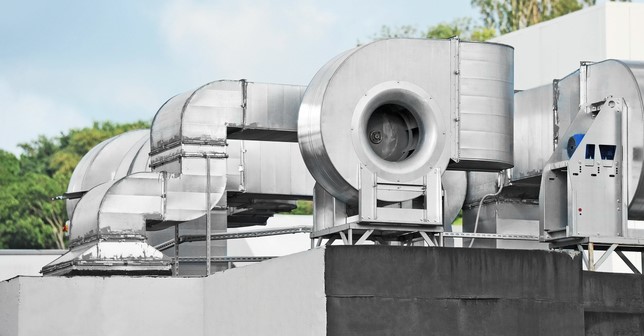
Demand-control ventilation (DCV) reduces outside air based on the number of people in the building.
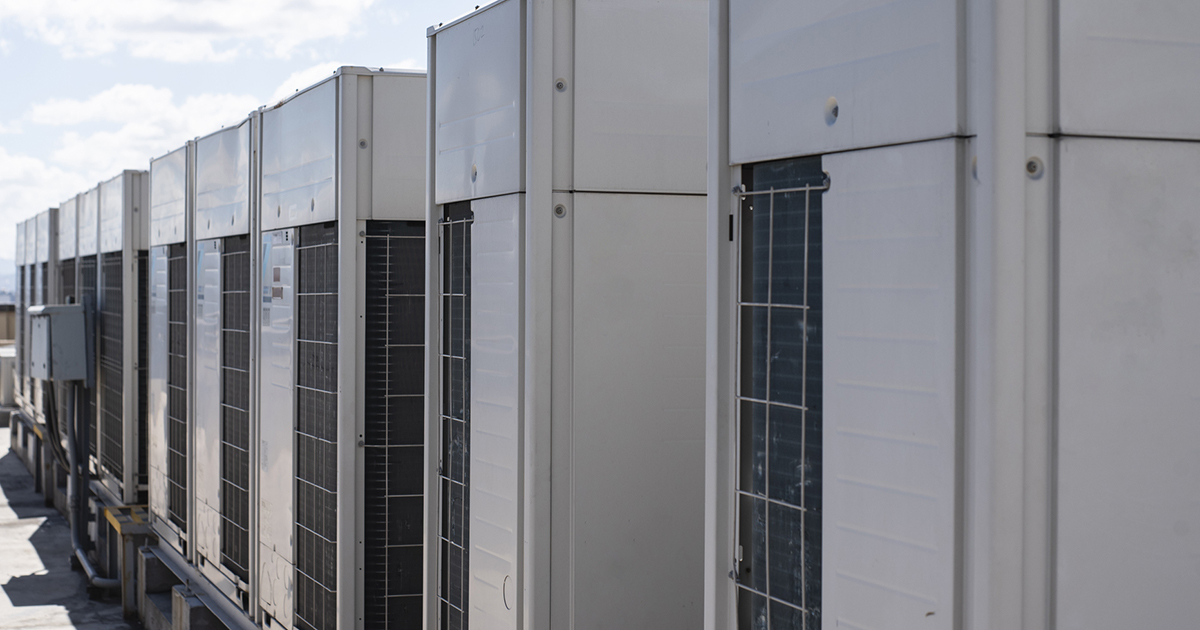
Energy savings from implementing and commissioning demand control ventilation.
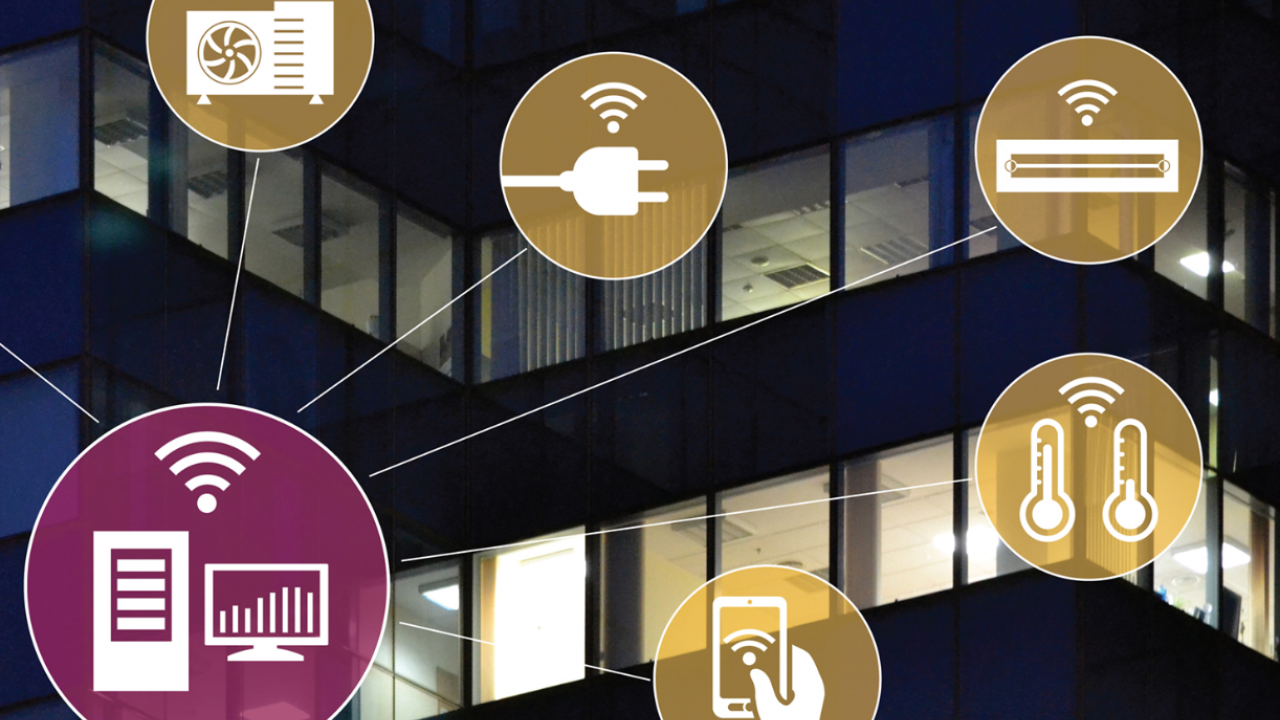
U.S. Department of Energy integrated controls study.
Smart buildings resources
- Read our guide to integrating lighting and HVAC controls.
- See our body of work on grid-interactive efficient buildings.
- Potential energy savings from smart PICV valves for chilled water systems
